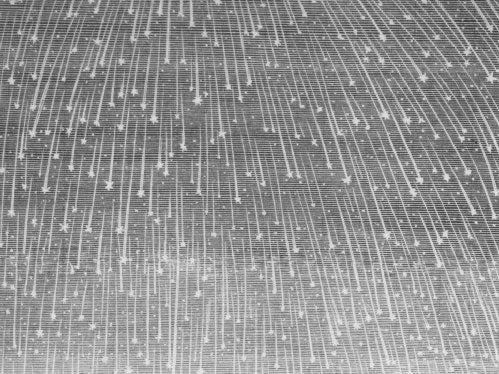Perseid meteor shower: stunning historical picture shows humanity’s long fascination with spectacular astronomical events
Re-discovered engraving depicts the Leonids shower of 1833, which has been called the first meteor shower of the modern age

Your support helps us to tell the story
From reproductive rights to climate change to Big Tech, The Independent is on the ground when the story is developing. Whether it's investigating the financials of Elon Musk's pro-Trump PAC or producing our latest documentary, 'The A Word', which shines a light on the American women fighting for reproductive rights, we know how important it is to parse out the facts from the messaging.
At such a critical moment in US history, we need reporters on the ground. Your donation allows us to keep sending journalists to speak to both sides of the story.
The Independent is trusted by Americans across the entire political spectrum. And unlike many other quality news outlets, we choose not to lock Americans out of our reporting and analysis with paywalls. We believe quality journalism should be available to everyone, paid for by those who can afford it.
Your support makes all the difference.The Earth is in the middle of one of the most stunning meteor showers of the year, the Perseids. But humans have been looking up to see stunning lights rain across the sky for hundreds of years.
One of the most famous depictions of meteor showers above Earth shows the inhabitants of an American town in 1833 looking up to a sky full of meteors, and was being passed around on Reddit as the Perseids moved overhead.
The Perseid shower is set to peak on August 12 and 13, with a huge array of meteors visible. And beautiful pictures of the spectacle have already been released — though perhaps none as stunning as the famous, and now rediscovered, Leonids engraving.

The picture shows the 1833 meteor storm.
The Leonids — which come in November — were so bright that tens of thousands of meteors could be seen per hour. During the Perseids, only about 100 meteors will be visible at the peak.
As well as the stunning coincidence of so many meteors in the shower, the much lower amount of light pollution and electricity meant that the sky was much clearer then that now.
The picture was published in the 1839 Adventist book, Bible Readings for the Home Circle, by Adolf Vollmy. It was drawn by Karl Jauslin, a Swiss artist who based it on a description by a minister.
The 1833 storm of meteors caused excitement across religions. The founder of Mormonism, Joseph Smith, wrote that he saw “stars fall from heaven” “like hail stones”, and understood it as a “sure sign that the coming of Christ is close at hand”.
But the storm was also key in the development of the study of meteors and astronomy. At the time, meteors were understood as an atmospheric phenomenon, though that began to change very soon after the famous Leonids storm when people began to speculate that they began in space.
As with 1833, the Perseids meteor shower is set to be especially spectacular, though perhaps not as stunning. The moon and the International Space Station have lined up perfectly for the event, and the weather looks set to provide a clear view.
Join our commenting forum
Join thought-provoking conversations, follow other Independent readers and see their replies
Comments